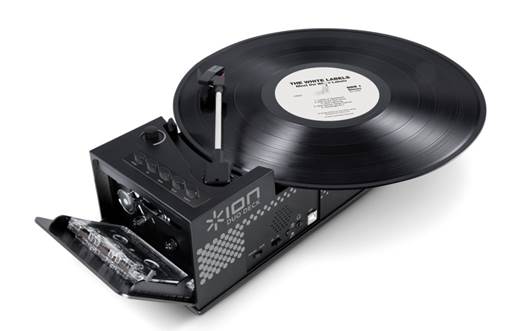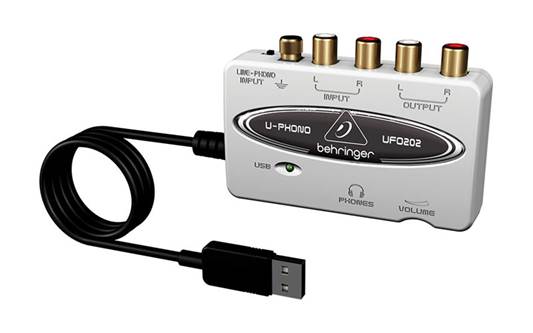New ways to convert your home movies,
old photos, favorite LPs, and more to digital formats
Key points
·
Preserve old photos, music and video quickly,
easily and without paying
·
Save money on expensive specialist equipment
·
Rescue cine film, slides and photo negatives
·
Digitize old photos using just a smartphone or
tablet
·
Turn old records and tapes into digital MP3
files
Many of us have a soft spot for retro music
and photo formats, and, according to music industry website Music Week, sales
of vinyl LPs actually raised last year – by 15.3 per cent. But there’s no
denying that digital audio, photo and video formats offer advantages in terms
of convenience.
You can’t carry around hundreds of vinyl
albums in your pocket or easily enhance an old photo. Digital media doesn’t
degrade, unlike records, tapes and negatives, which can deteriorate over time.
So here, we explain new ways to make quick, easy, cheap but effective digital
conversions.
Records and tapes
There are a number of new products – such
as USB turntables and all-in-one ‘copy stations’ with built-in CD recorders –
that can convert a record collection to CD or MP3. Ion recently released the
Duo Deck, which costs $90. It connects to a PC via USB and transfers vinyl and
cassette tapes. But as long as you have access to a working record or tape
deck, then there are easy ways to digitize vinyl LPs and cassettes without
paying for specialist equipment.

Use
the free Audacity program to record music, split tracks and remove hisses and
crackles from your favorite albums
By experimenting with audio levels you can
digitally record songs as they play on a hi-fi, in a quiet room. Almost all
smartphones and tablets have a built-in microphone, which you can use with a
free sound recorder app, such as Microphone + Recording for Apple iOS devices
or Smart Voice Recorder for Android. However, while this method is easy, don’t
expect the best results.
Using a computer can be almost as easy, and
provides better-quality conversions. You just need to connect your hi-fi
equipment to your computer and use a free program, such as Audacity (get the
latest version for Windows, Linux and Mac OSX), to record music, split tracks,
remove hiss or crackles and more. Audacity can also output to MP3, but you’ll
need tor read the information at www.snipca.com/8672
first and download the required plug-in. the latest version of Audacity,
released in January, includes a new adjustable fade effect. It also lets you
fine-tune bass and treble separately, which is great for making old recordings
sound even better.

Ion’s
$90 Duo Deck will transfer either cassettes or records via USB
Most old analogue hi-fi components use
phono (red and white) stereo cables to connect to each other. PCs tend to use
mini-jack connections, so you’ll need a phono-to-mini-jack cable (around $2.25
from Amazon). In many cases, you just need to connect the stereo’s aux-out or
line-out socket to the line-in jack on your computer, which is usually colored
light blue, but check your computer’s manual to be certain. You may also be
able to connect some cassette and record decks to the computer’s line-in socket
without an amplifier, though some turntables require something called a preamp.
Without one, you may be able to capture only ultra-quiet, tinny versions of
your tunes.

Behringer’s
UF0202 U-phono gadget lets you attach almost any audio device to your computer
In cases such as these (or in the rare
instance that your computer has no analogue audio input) one solution would be
to buy a cheap device that allows analogue audio equipment to be connected via
USB. Behringer’s UFO202 U-phono USB Audio Interface, for example, costs around
$42 and has a built-in preamp.
Connecting and converting records and tapes
in this way might sound complicated but, in practice, it’s pretty
straightforward.